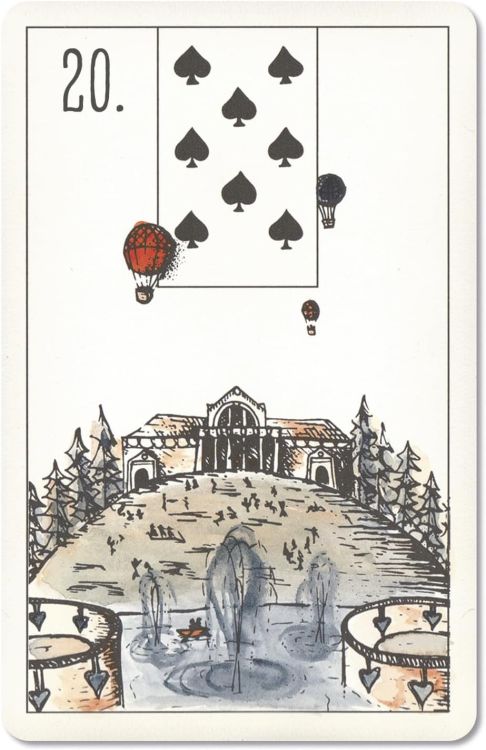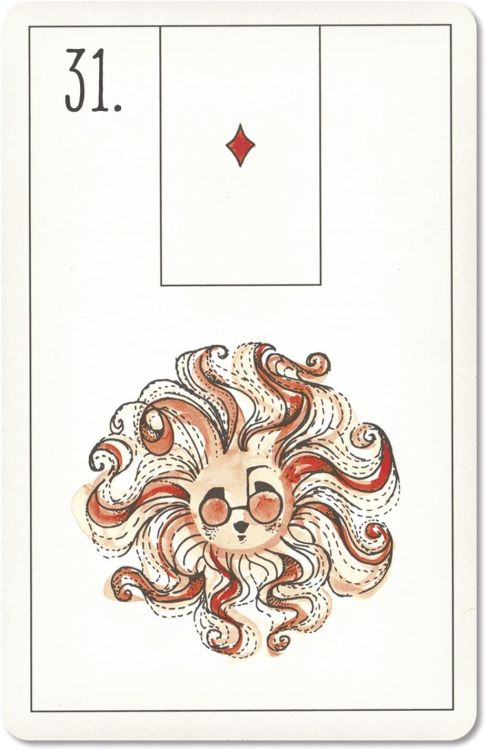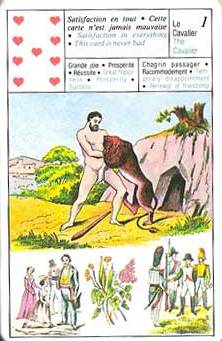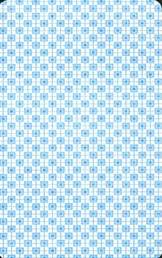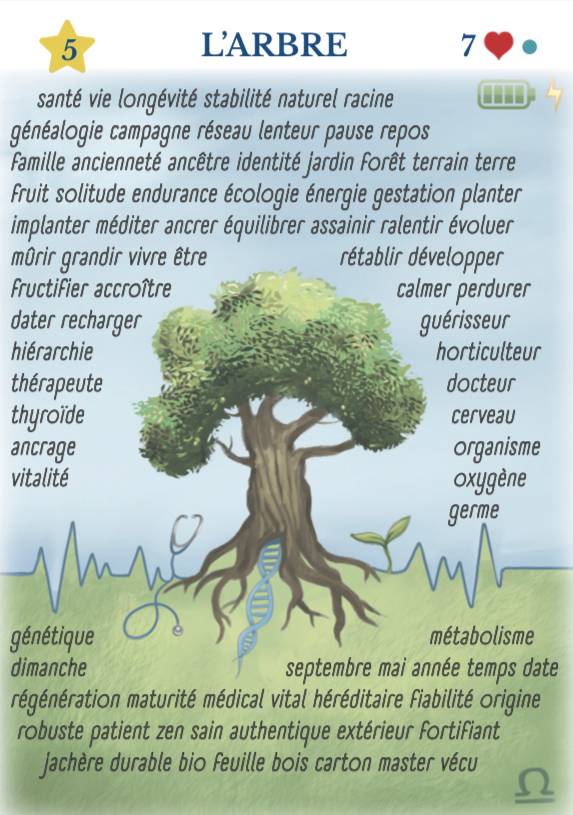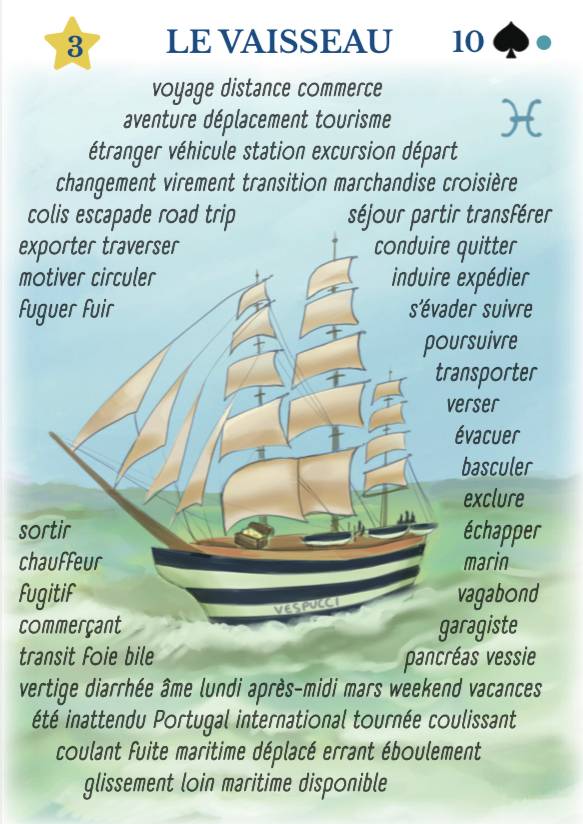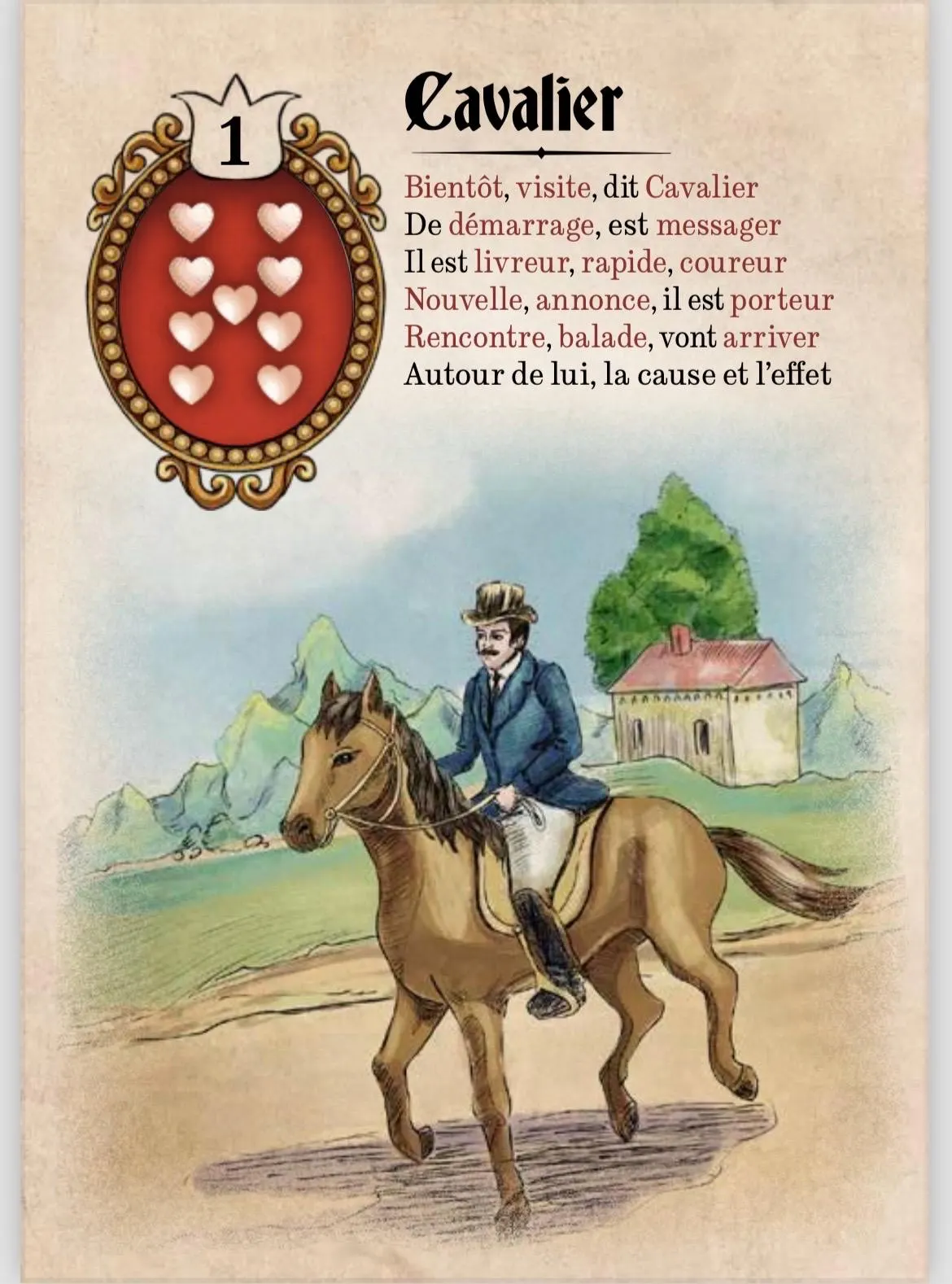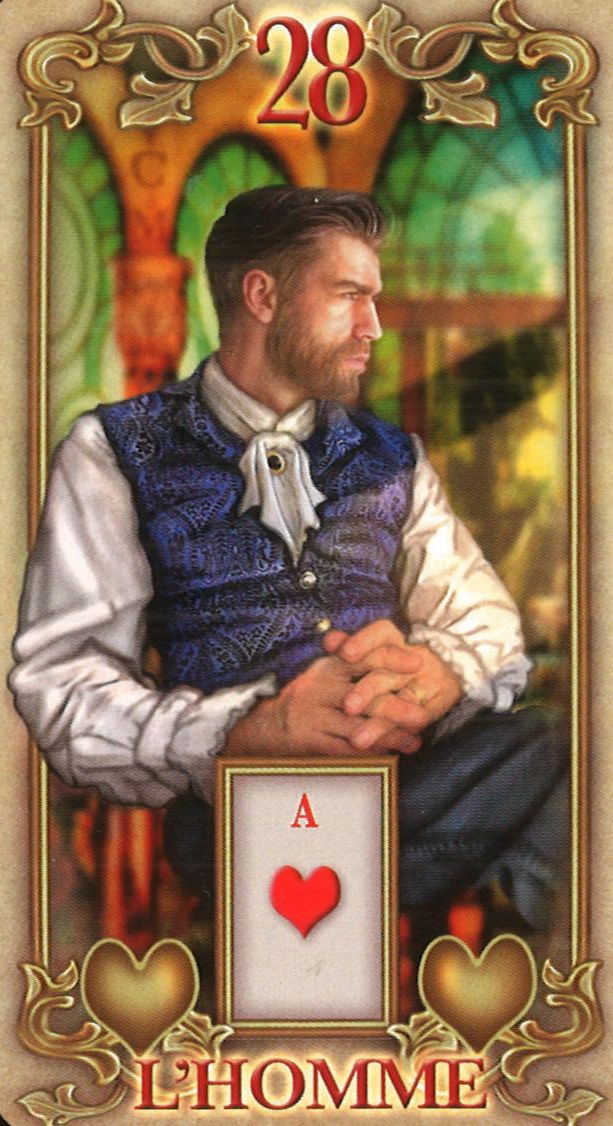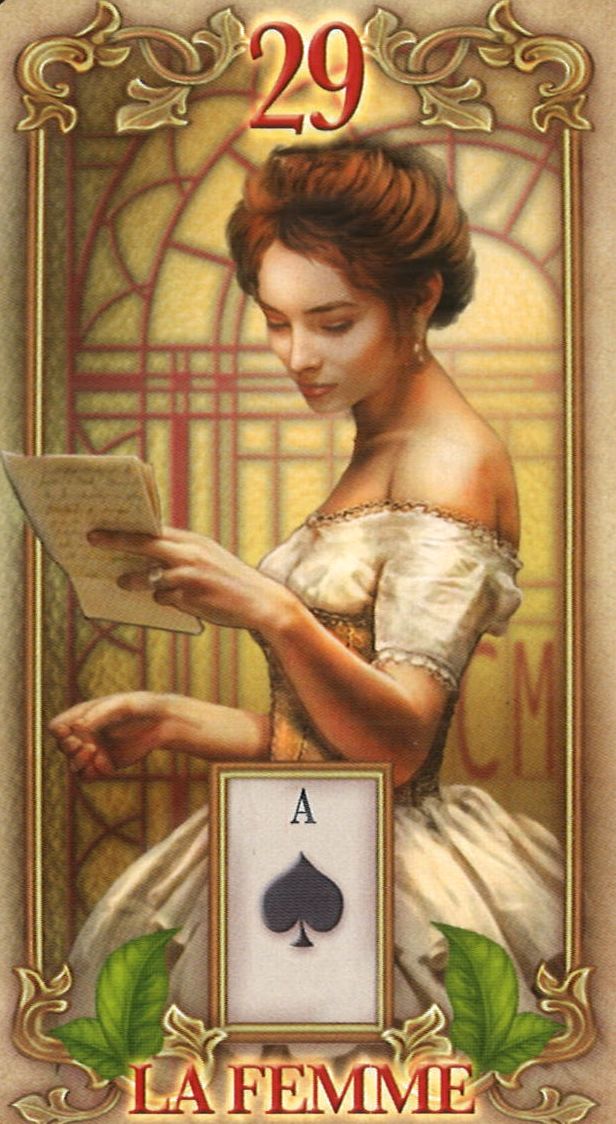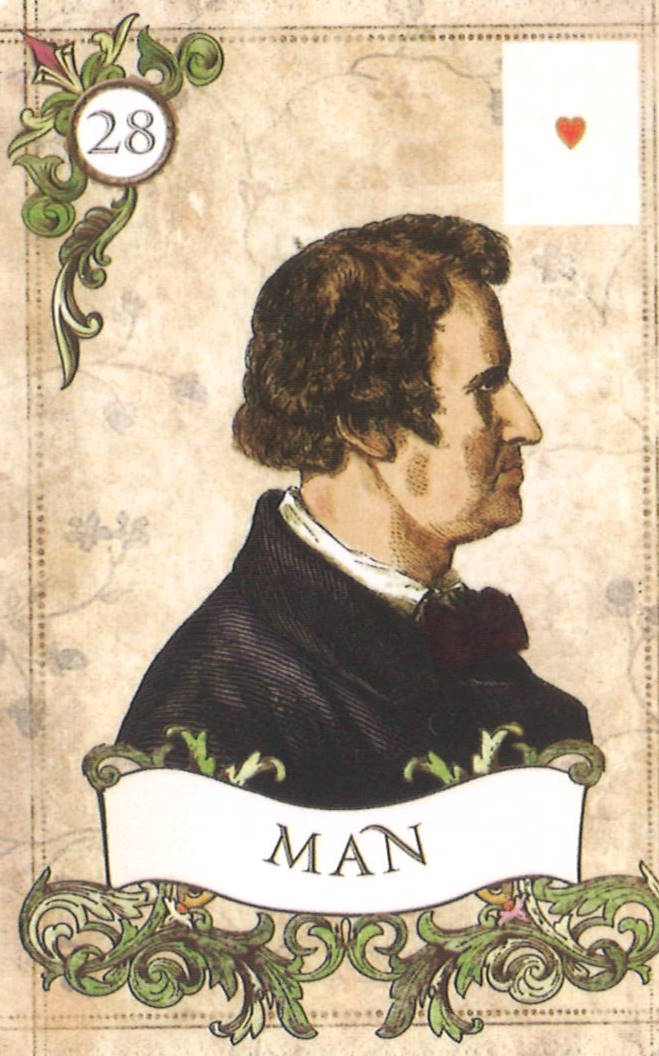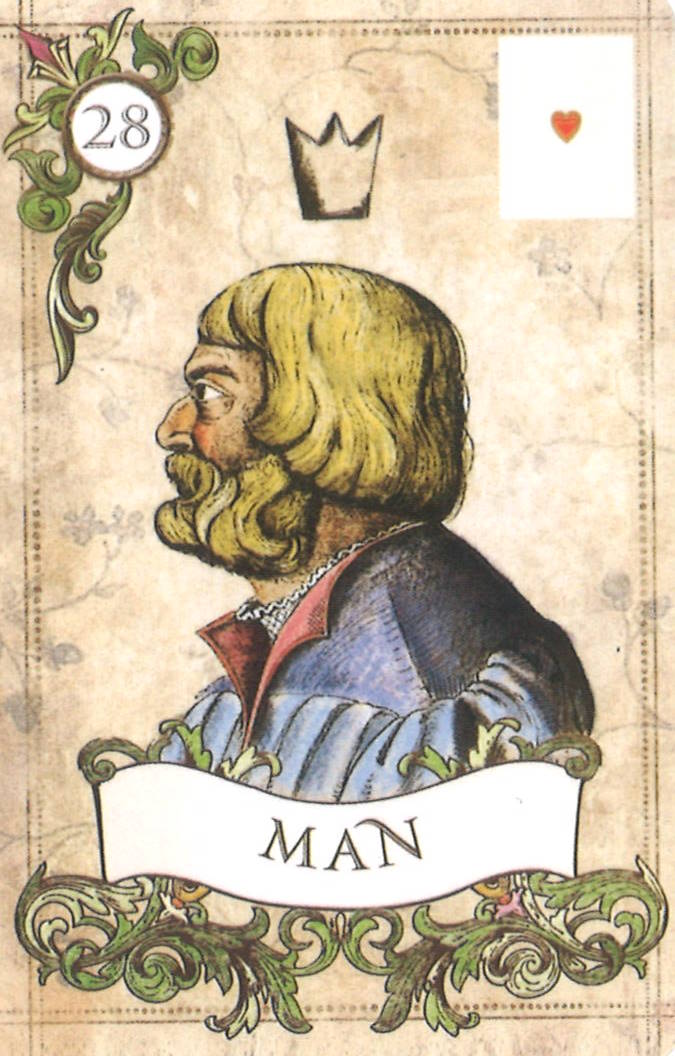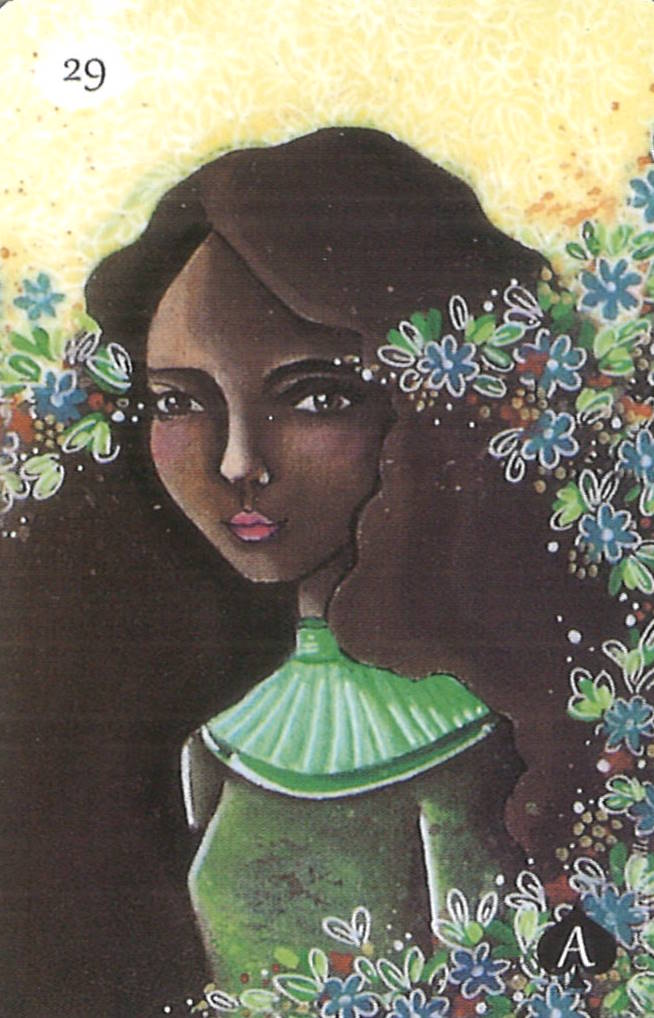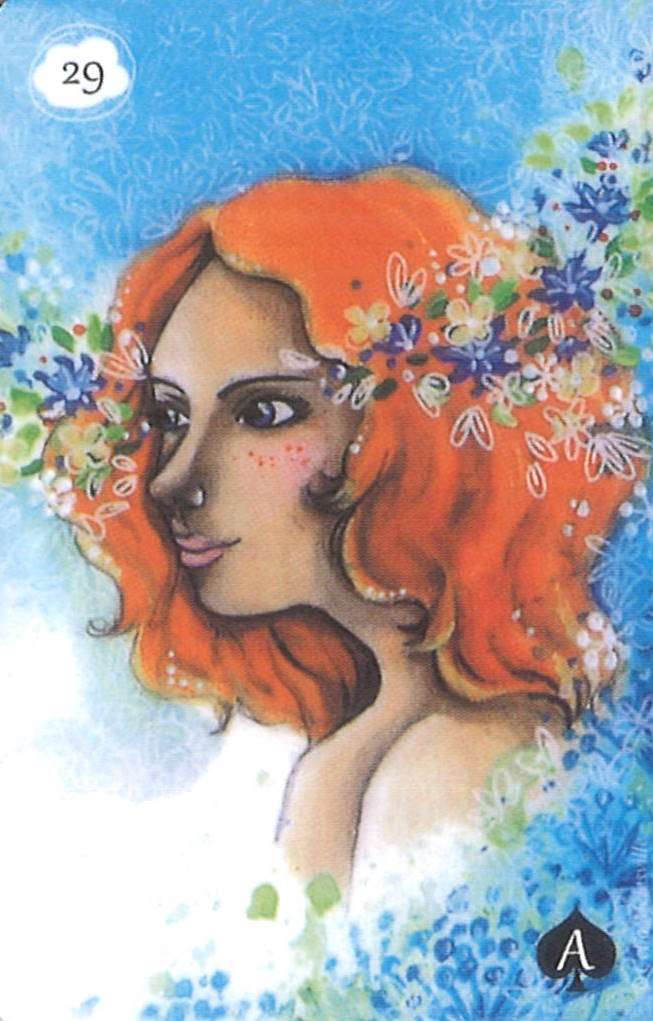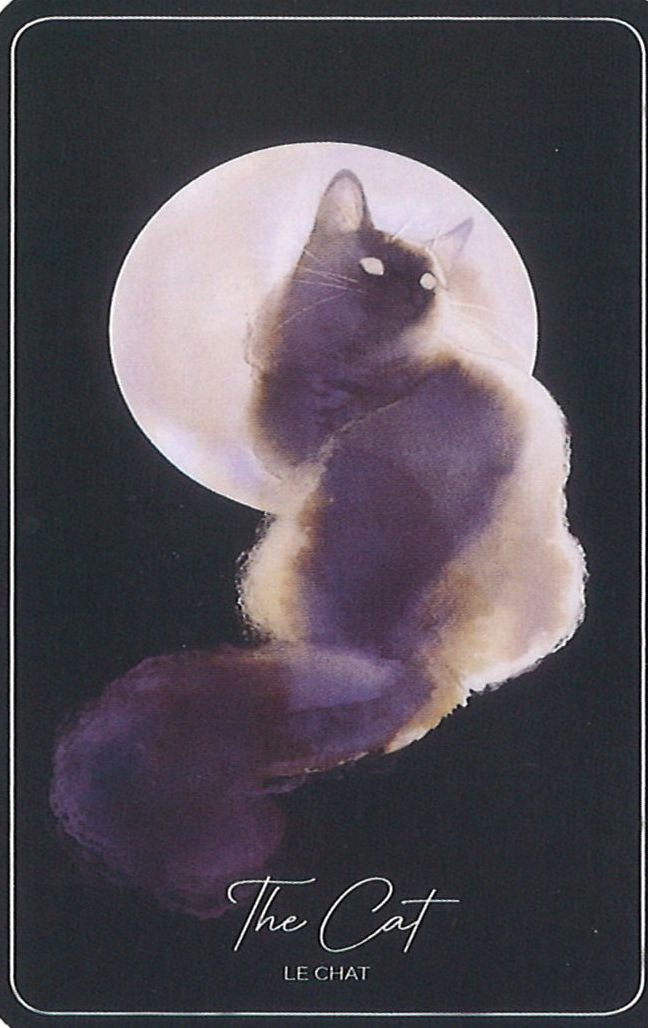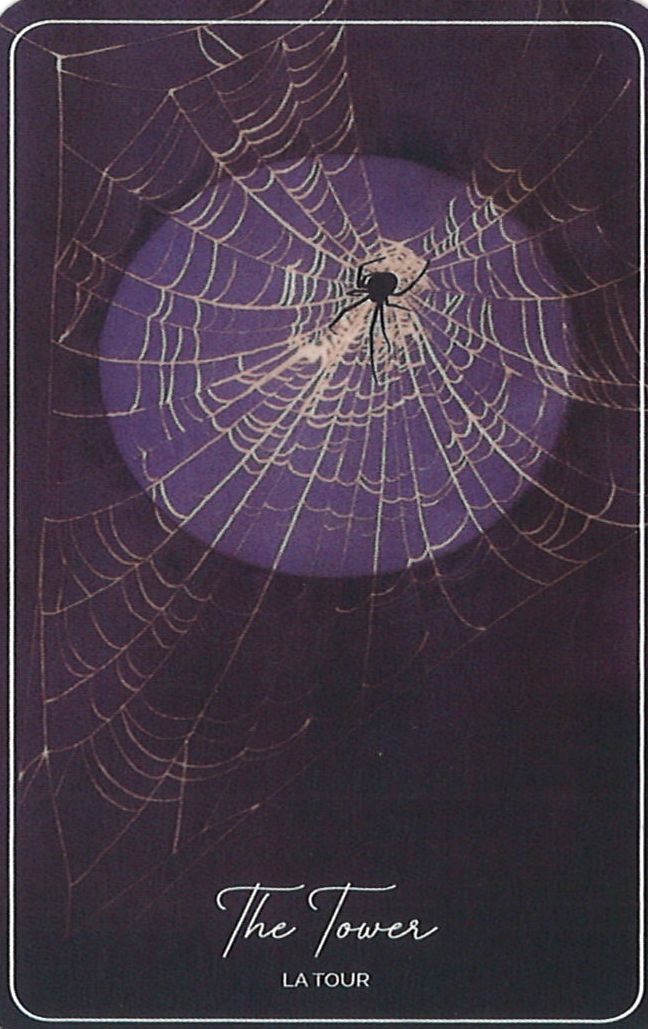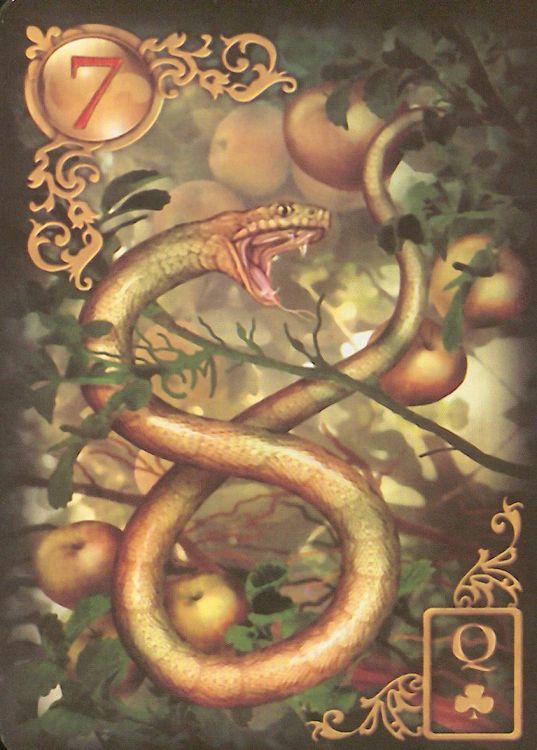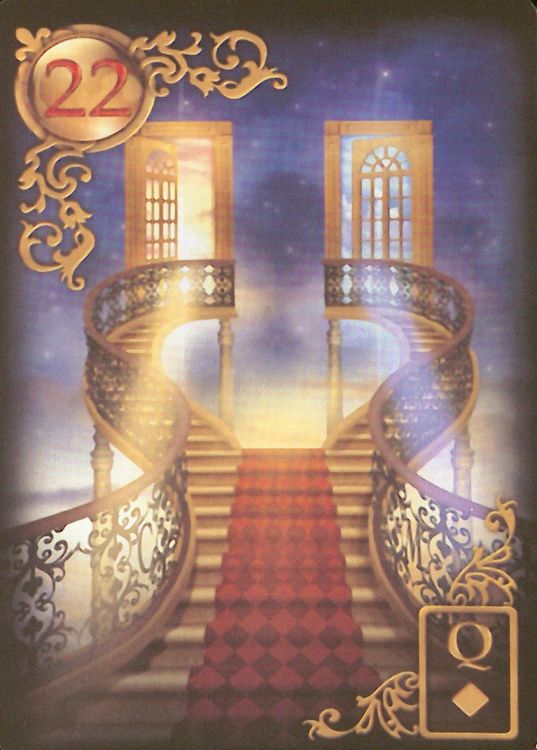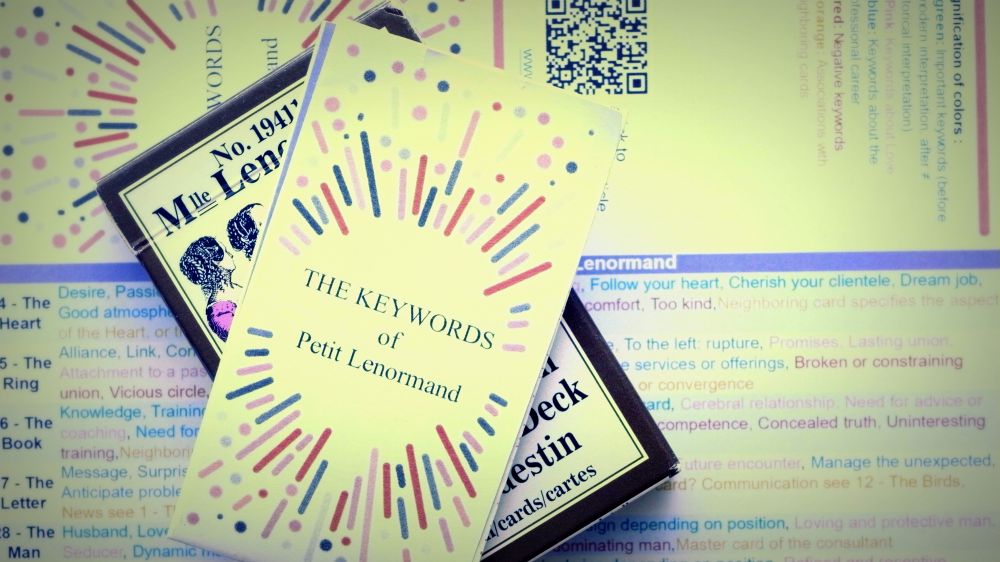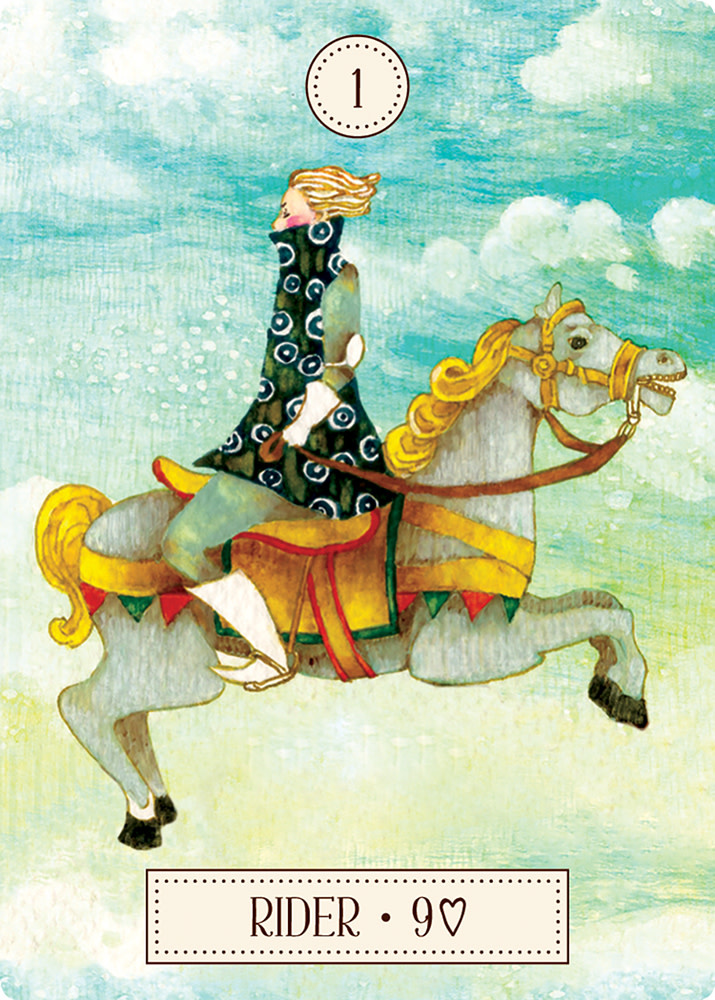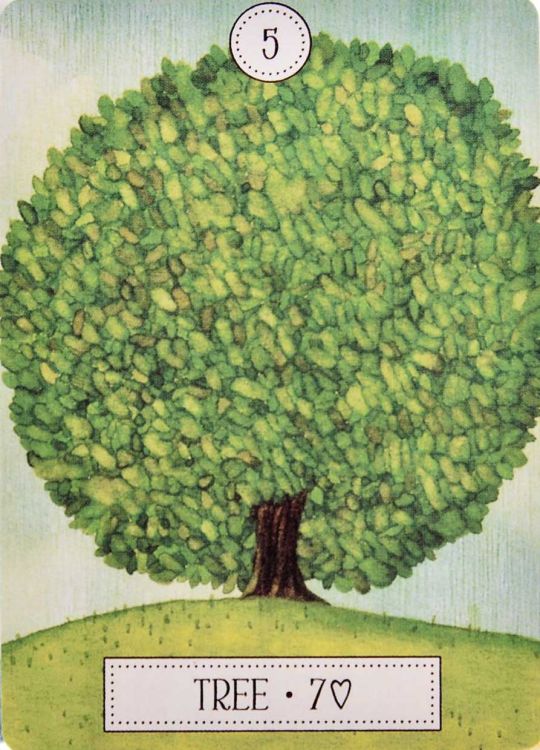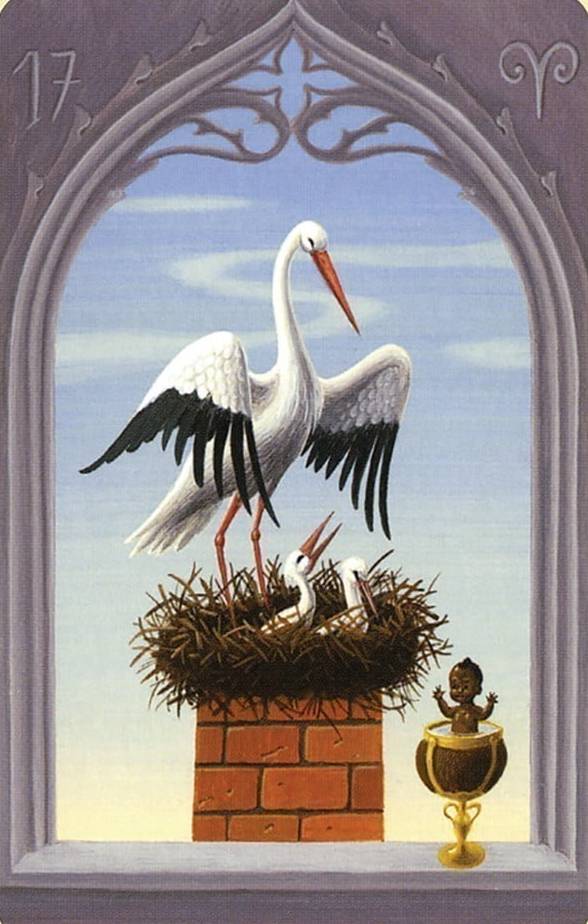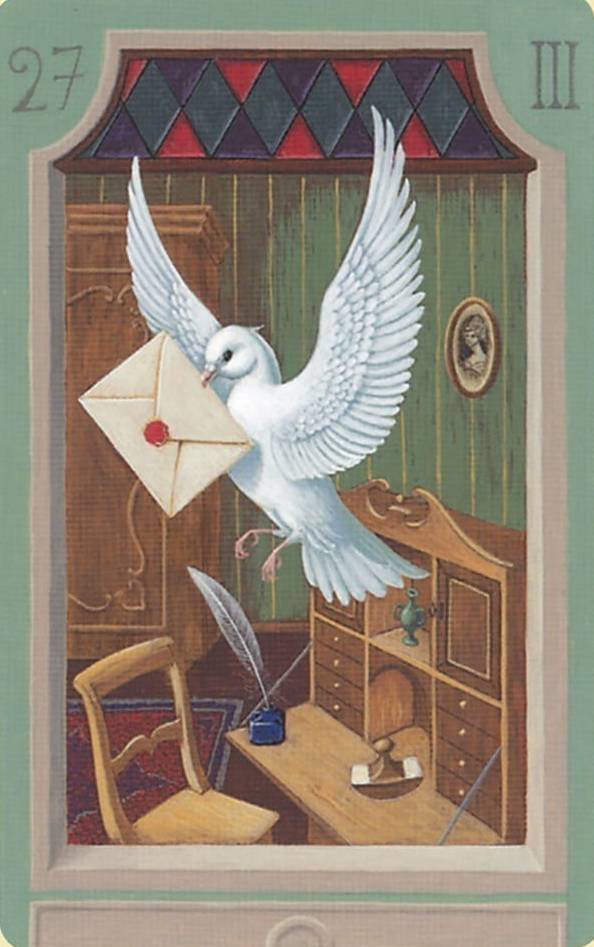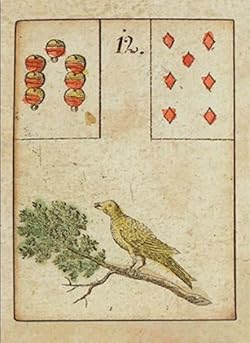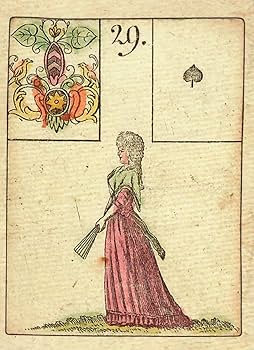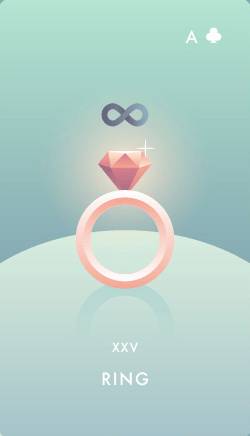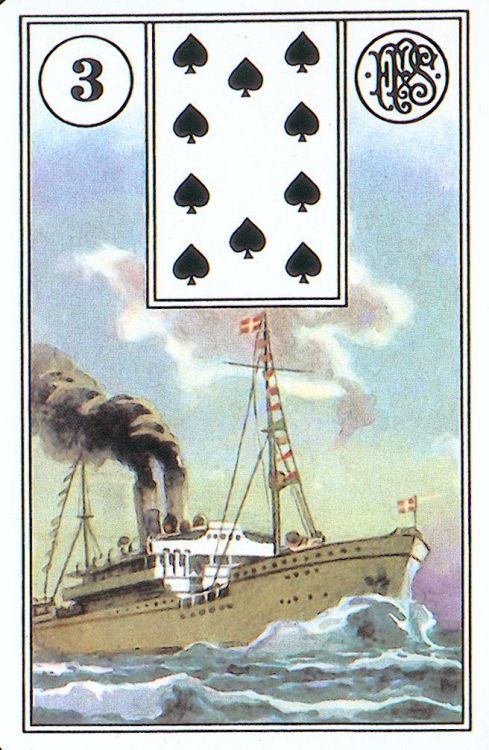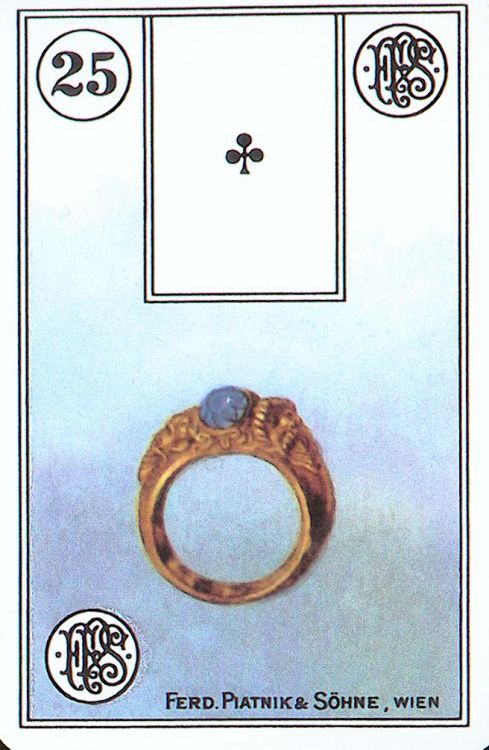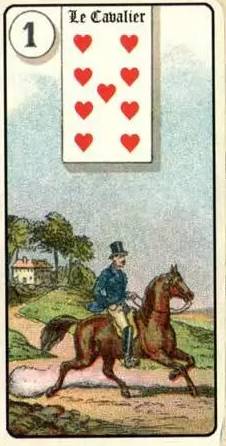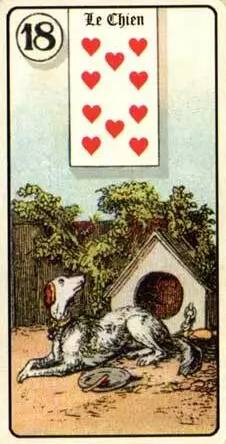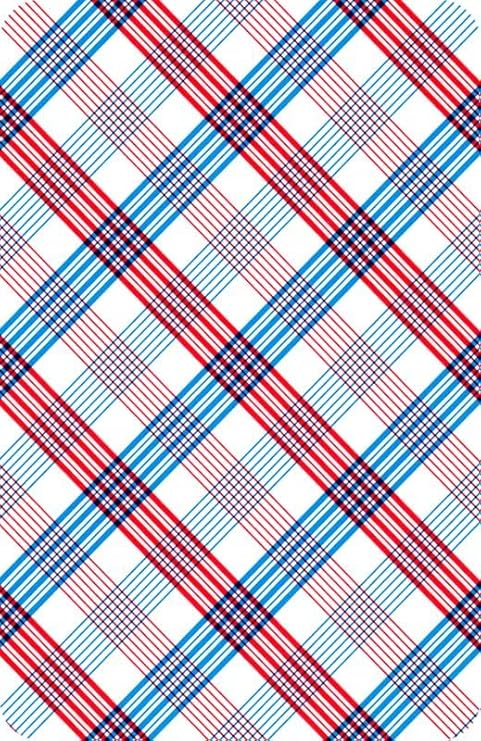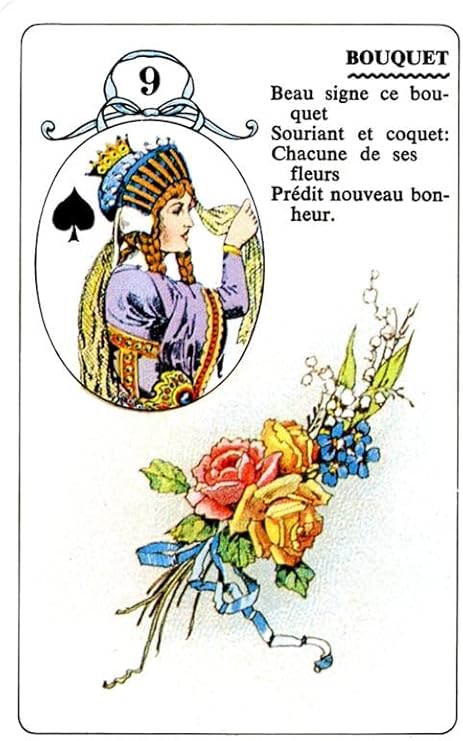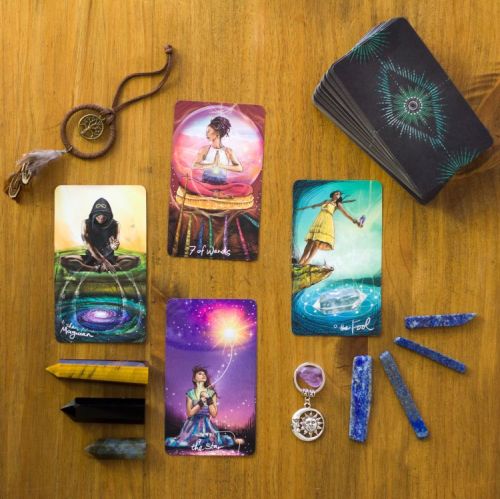
Choosing your Petit Lenormand deck is a different process from selecting a tarot deck, such as the Tarot de Marseille or the Rider-Waite-Smith. When purchasing a tarot, the choice is often guided by a crush, aesthetic reasons, or a personal connection with the deck. These elements often outweigh other considerations, such as adherence to traditional symbols or the graphic innovation of the deck. In other words, tarot choices can be quite impulsive and emotional, influenced by a "heart's impulse".
The Petit Lenormand, although sometimes subject to the same impulses, requires a different approach. If the aesthetics of a Petit Lenormand deck can play an important role in the choice, other specific criteria come into play. These criteria go beyond simple graphic or aesthetic preferences. They are often related to the deck's functionality and elements that directly affect its use.
That is why this article exists: to guide you in choosing a Petit Lenormand deck. Unlike tarot, some specific criteria for Lenormand are not present or are rarely relevant for tarot decks.
Before exploring these criteria, two things need to be clarified:
- I am not providing a list of the best Lenormand decks. Naturally, I rely on examples, but they are also there to demonstrate that none of them meet all the criteria. And that it is you who will choose the Lenormand that best suits your needs.
- Aesthetic criterion: although personal and not negligible, it will not be discussed here. As the saying goes, "taste and color are not to be argued about," and everyone is free to prefer one graphic style over another.
- Order of criteria: The criteria presented in this article are listed in order of increasing personal importance. However, each reader will have their own priorities. For example, some may place more importance on the size or backs of the cards, while others will prioritize decks that include keywords or characters whose gazes direct the interpretation.

